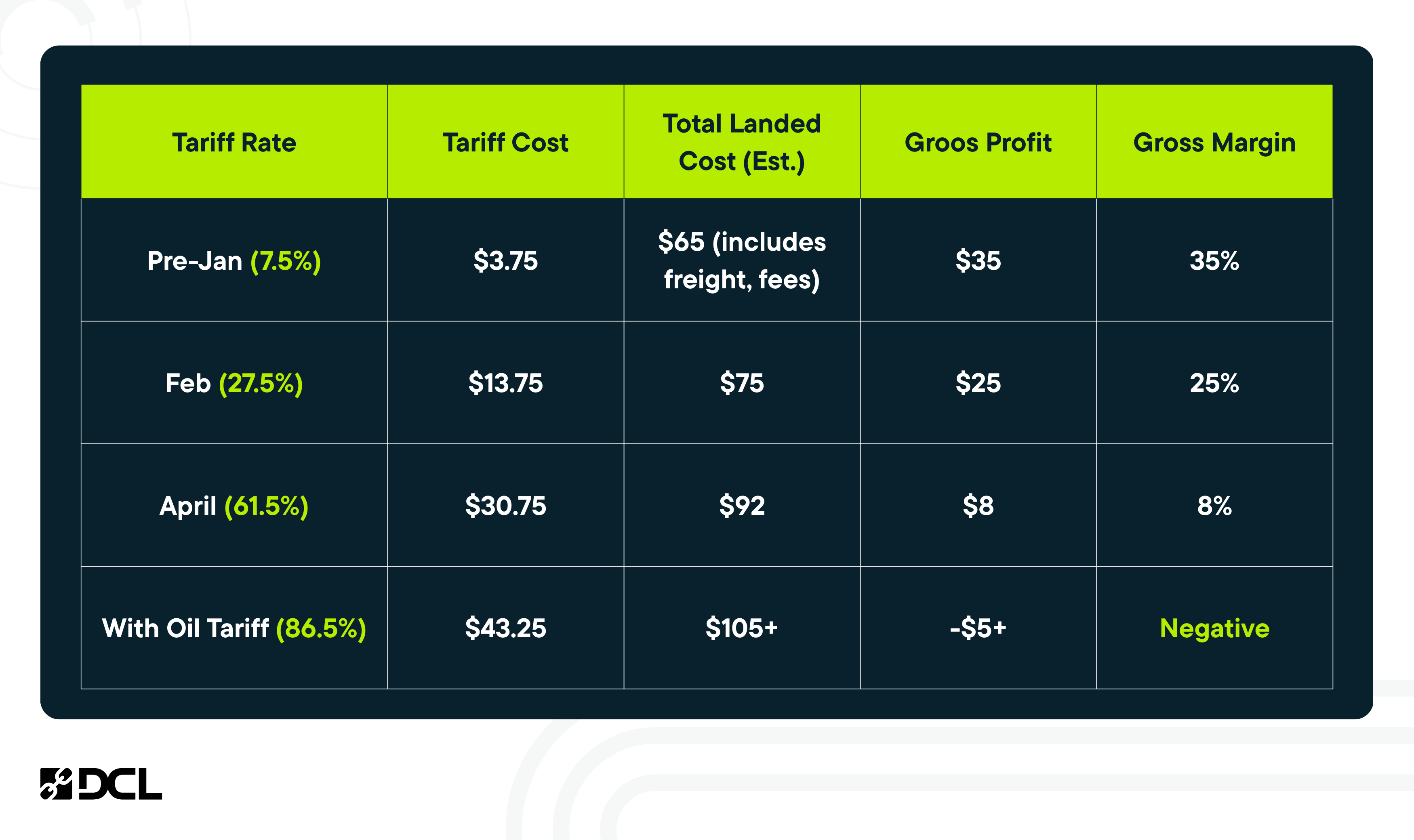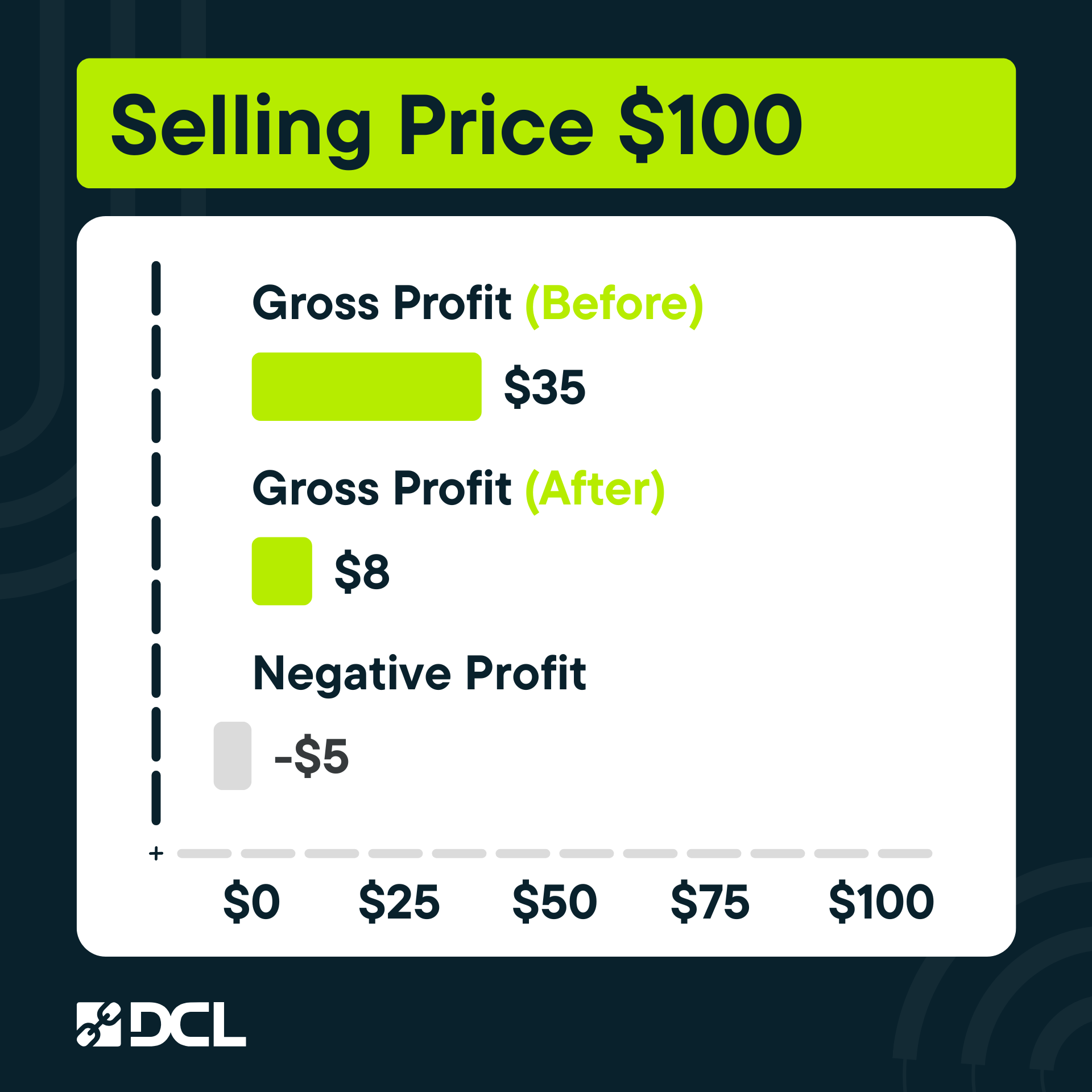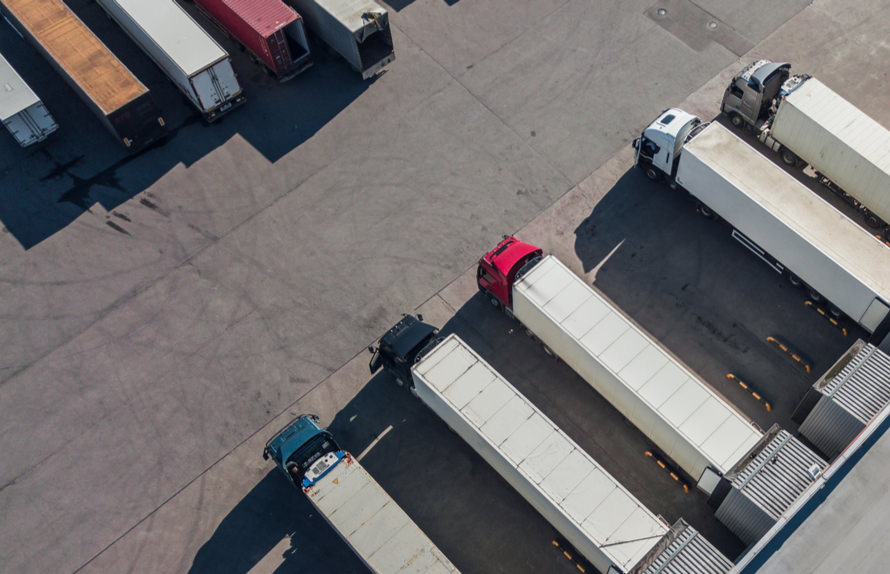
For product companies, especially ecommerce businesses with international customers, understanding how to calculate total landed cost is essential to preserving profit margins and pricing competitively.
What’s Included in Landed Cost?
Landed cost refers to the total expense incurred to bring a product from the manufacturer to the customer’s hands—not just the unit cost. Total landed cost considers the true cost of your goods, the cost to package, store and move goods along the supply chain, plus any other costs that are required to move products between countries.
Landed cost includes:
- Product Cost (e.g., $50)
- Shipping Costs & Freight Charges
- Customs Duties & Tariffs
- Brokerage Fees
- Insurance
- Warehousing / Fulfillment Fees
- Packaging Costs
- Taxes (VAT, GST, or others if applicable)
Brands often focus only on the manufacturing cost and overlook some of these additional, indirect costs—leading to squeezed margins or unanticipated losses.

Why Brands Often Don’t Show Landed Costs at Checkout
Many brands, especially those with a large percentage of DTC (direct-to-consumer) customers, choose not to show landed costs at checkout for a few reasons.
- Complexity: Duties, taxes, and tariffs vary by country and order value. The exact calculations can be complex—total cost needs to account for the product value, origin country, destination country, and many other factors.
- Customer Friction: Some brands choose to “hide” these costs in the product price to keep checkout simple.
- Absorbing Costs: Added fees at checkout may cause cart abandonment.
But when tariffs rise—like the recent jump from 7.5% to 86.5% for China-based goods this year—brands are forced to reassess pricing, margin structure, or fulfillment strategy.
Impact of Tariffs on Gross Margins
Let’s walk through a real-world scenario:
Example: Product made for $50, sold for $100

Gross Margin = (Selling Price – Landed Cost) ÷ Selling Price
At 86.5% tariffs, the product becomes unprofitable unless the brand raises prices or cuts costs elsewhere.
Visualizing the Impact on Profit
As global trade negotiations cause tariffs to rise, profit is squeezed—sometimes into the red.

What Should Brands Do?
- Recalculate Landed Costs Regularly: Stay up to date with trade shifts and supplier changes. Knowing the current rates of your import taxes and tariff rates, specifically of the destination country of your products, will help you form the best international shipping strategy. Be aware that tariffs aren’t the only culprit of high import costs, the de minimis threshold can also impose major charges—this depends on the importing country on record, cost of goods, and current rules within a free trade agreement.
- Reconsider Fulfillment Hubs: Brands using Section 321 cross-border strategies might shift to US-based warehouses. Depending on the final destination of your products, brands may choose to use in-country fulfillment in the destination country. Fulfilling in Canada, leveraging bonded warehouse or foreign trade zone (FTZ) can help mitigate import costs.
- Transparent Pricing Strategy: Consider bundling landed cost into the consumer cost of a product price or clearly informing customers of all processing fees, duty rates, tax fees, exchange rates, and any additional costs they’ll have to pay.
- Negotiate Better Freight Terms: Every cent counts when margins are this tight, small businesses will be hit harder by major changes to customs fees. Brands who choose to (or need to) continue to ship from/to countries with high tariff rates will look to negotiate lower costs in other aspects of their supply chain. Now is a good time to flex your relationship with your freight forwarder or international shipping provider to renegotiate optimal freight costs.
- Explore New Suppliers: While it may seem like a huge move to move your manufacturing to another country, the long-term savings may be significant. In today’s constantly changing environment, this may not serve as a reliable strategy. Look for countries not impacted by high tariffs.
Final Thought
Tariffs don’t just affect a line item on a spreadsheet—they hit your margins, customer experience, and long-term scalability. Smart brands adapt their supply chain strategy by knowing their numbers and adjusting fast.
Tags: International








